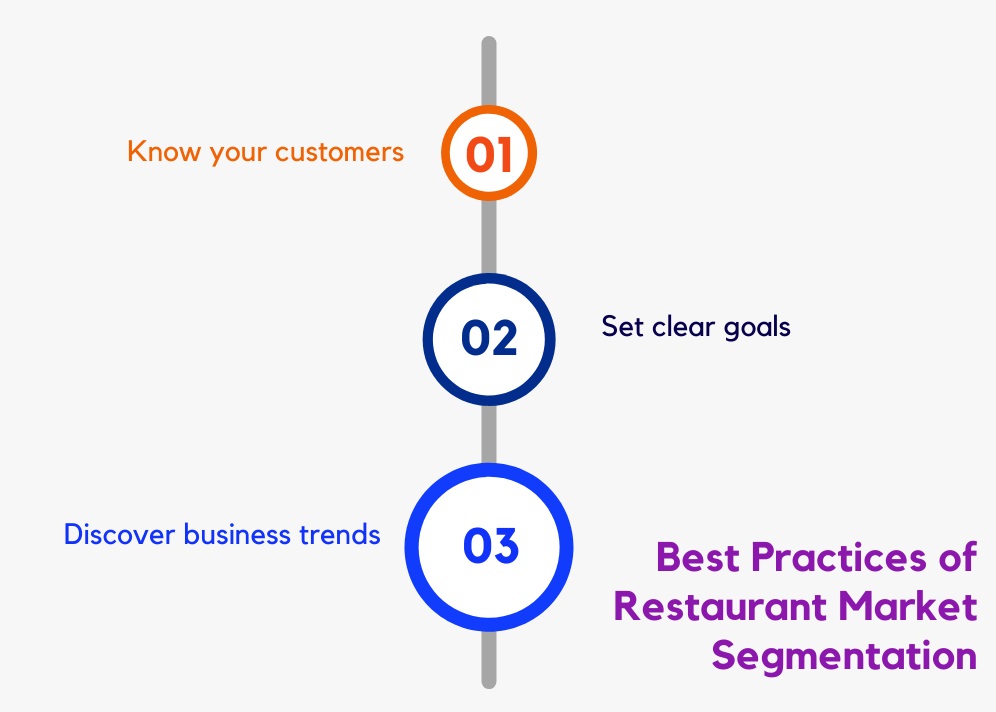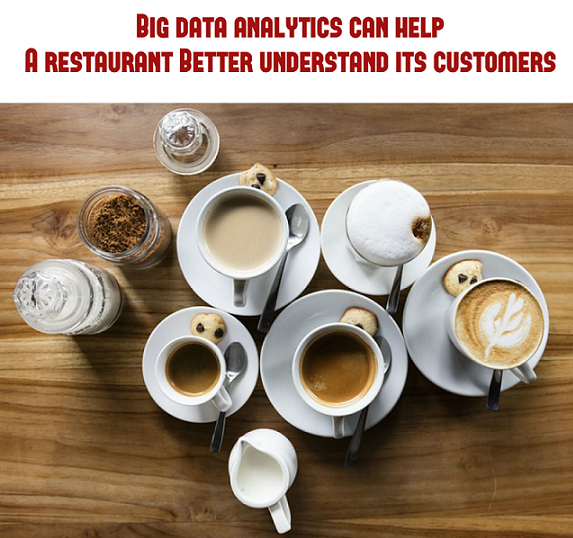How Big Data Analytics is Boosting the Food Industry?
Big Data and its analysis have come as a disruptor for the food industry, more so for restaurants. There was a time when restaurants were largely run on the gut feelings of a manager or the whims and fancies of the owner. Those days are fading away.
Restaurants now have a new “help” – data analytics – to get a leg up over the competition, as well as to grow, leveraging on it to convert Point of Sale (POS) and marketing data into actionable knowledge.
And from the looks of it, they need all the help they can. In the last decade or so, with the advent of technology, the Internet, and the smartphone, the food business has got extremely competitive. The weak have fallen by the side, while the survivors are finding it an ever-uphill climb.
Well-known global market research company, The NPD Group, has predicted a “flat” growth in 2017 for restaurant traffic, a 2 percent decline among full-service restaurants, and no growth for quick-service restaurants (QSRs).
Traditionally, restaurants have always had vast repositories of data; in fact, the flow of data starts the minute the doors open. But earlier, it was not possible to extract meaning from the data because of a lack of tools. With the advent of technology, that’s no longer the case.
Restaurant owners have started deploying analytics to boost operations, specifically targeting two areas – customers and menu (front-facing) and the kitchen (back end). We had briefly touched upon Menu and Customer Analytics in a previous blog post, but in this article, we will be talking about these in-depth and also looking at other critical areas where data now drives decisions in a restaurant.
Transform the restaurant sector with our AI and ML Solutions
Customer analytics
Today, data analytics is the way to a customer’s stomach. In two ways – getting intimate with him and his dietary needs, and adjusting the menu in a way that will get his taste buds going. But how does a restaurant that caters to hundreds, even thousands of customers, get down to that level of granularity?
There was a time when restaurants knew their regulars by name. That relationship slipped into the abyss of anonymity. So much so that today, restaurants barely know the names of not more than 15 percent of their customers.
So the first step in regaining customer intimacy is to change that anonymous relationship with your customer into a known one.
The capturing of data from the numerous touchpoints such as credit cards, response or remarks cards, even social media, and online search, and compartmentalizing/analyzing the same can help a restaurant start knowing each customer better.
There’s a saying that goes – If data can help a customer find a restaurant, it can, in turn, also help a restaurant find its customers.
How Customer Segmentation can help Restaurants?

Combining research, data in the public domain, and proprietary data, a restaurant can build profiles of, and group together like-minded customers to cater to individual preferences.
Common interests or similarities between customers can be used to sort them into groups in your database. An example is a customer’s preference for red wine. Those who prefer a bottle of Cabernet Sauvignon with their red meat obviously need to be clubbed together. The ultimate goal of such segmentation is to understand just how to relate to customers in each group to extract the maximum value of each customer.
Down this road, a restaurant can start refining the customer attributes that are relevant to both, the eating place as well as the customer.
Such customer segmentation helps a restaurant prepare a plan for future engagements with its customers. Based on this roadmap, a customer analytic platform can then be built. This map can be integrated into existing marketing plans and operations to better serve individual customers.
In the next part of this blog, we will be looking at menu re-engineering.
An Engine That Drives Customer Intelligence
Oyster is not just a customer data platform (CDP). It is the world’s first customer insights platform (CIP). Why? At its core is your customer. Oyster is a “data unifying software.”
Liked This Article?
Gain more insights, case studies, information on our product, customer data platform


No comments yet.